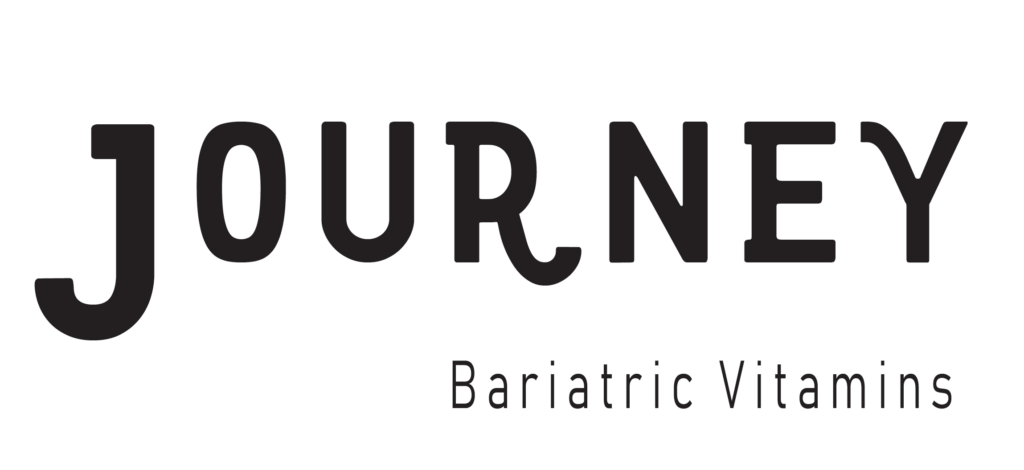Dr. Korentager is the Chair of the Department of Plastic Surgery at The University of Kansas Hospital. He and his associate Dr. De Souza both do cosmetic surgery, reconstructive and breast reconstruction for patients needing excess skin removed following weight loss surgery.
Dr. Korentager began by explaining that the words plastic surgery is from the Greek work plastikos, which means “to mold or shape.” This is their focus and involves looking at the whole person, and not just removing skin but helping to contour the whole body.
He pointed out the massive weight loss can leave changes in the body that can at times be debilitating, such as a large abdominal panniculus (pannus) that hangs down below the pubis and can affect walking and exercising. Excess skin can also affect a person’s body image if it alters their appearance and the way they see themselves.
The primary sites for excess skin following weight loss are the breasts, arms, abdomen and thighs. Secondary sites are the sides and back, under the chin and face.
This excess skin is a combination of residual fatty tissue and skin laxity that occurs after a long period of being stretched. We lose elasticity in our skin with age, and there are no products which will reverse or improve the results of aging. To assist in healing, the most important points to remember are the following:
- Do not smoke, vape or chew nicotine products, and do not smoke marijuana. These decrease the circulation to the tissue and prevent proper healing.
- A diet high in protein is essential for rebuilding tissue and zinc is also very helpful
Dr. DeSouza showed slides with before and after pictures of the following surgeries and questions were answered about each:
- Abdominoplasty – this is where the abdominal wall muscle is pulled together both horizontally and vertically to add strength, and the excess skin is removed and the area contoured using liposuction and different techniques to get the most pleasing scar.
- A panniculectomy is just where they remove the excess skin, but there is no muscle tightening or liposuction done for contouring
- The cost is about $6 – 7,000 for private pay
- Insurance will pay if you have documentation for 4-6 months of sores and rashes that do not respond to treatment, back pain, and difficulty exercising
- They recommend coming in for a consult after your weight has been stable for 6 months, and about 3 months before you are ready, as the planning process is important.
- They do have some programs to help defray costs.
- There is no age limit, but more importantly they want patients to be healthy.
- For a thigh lift, it is a longer surgery, and there is a scar that runs down the inner leg to at least the knee and sometimes lower, depending on where the excess skin drapes.
- This surgery is not usually covered by insurance
- Cost for this surgery runs between $7 – 8,000
- Breast reconstruction/augmentation can leave the following:
- Sagging and loss of volume
- Asymmetry with nipples not being at the same height
- Grooves and pain or numbness in shoulders
- Rashes under breasts
- Insurance may pay if there is good documentation of medical problems for 4 – 6 months prior (more likely for breast reduction with back and shoulder pain)
- They prefer not to use implants if they can give someone enough volume using extra tissue with a breast lift. If they do use implants, the 2 they prefer using are:
- Ideal Saline implants – these last longer and if they rupture it is easy to repair
- Non-textured silicone gel implants – these should be replaced every 10 – 15 years
- They DO NOT recommend textured implants as these have been associated with an increase in a type of lymphoma called ALCL
- For a breast lift or reduction, the cost is around $6,000. If implants are used, a pair runs between $800 – 1200, and the implants come with a lifetime warranty.
- Bachioplasty is surgery done to remove the excess skin under the arm.
- In order to prevent tightening as the scar heals, they create a small zig-zag incision in the arm pit and also at the elbow.
- The scars are always going to be long – there is no way around it
- They can combine this surgery with breast surgery, and move some of the fatty tissue from under the arm to the breast to increase fullness.
- Insurance will not pay for this surgery.
- Facelift:
- A full facelift which includes under the chin is around $6,000.
- For just under the chin, they can do an outpatient procedure under local for about $2500.
Some of the other general information they shared included:
- The two biggest complications are bleeding and blood clots. The longer the surgery, the greater the risk of both, which is why they don’t combine any of the procedures except the breast and under arm. They always believe in safety first
- There isn’t anything that will make your skin more elastic. Once the elastin fibers are broken, they don’t come back.
- They are unable to donate the skin removed for the burn unit because it isn’t a high enough quality of skin.
- If they need to remove skin above the belly button, they save and replace the belly button. However, that doesn’t always heal well if there has been a lot of other abdominal surgery, and the blood supply to it may not be as good. They can make a “new” one if a patient wants one.
- Your skin is the largest and most important organ of your body. In order to take good care of it, they recommend preventing sun damage.
- They do feel the best topical pharmaceutical to preserve your skin is Vitamin C
- If you try other skin protocols, the key is consistency. You must use it every day for long periods of time. Too many people buy a product and when they don’t see a difference in a week or two, they stop using it. Be consistent.
- If you are having difficulty paying for plastic surgery, they have a Resident Training program for some of the simpler procedures. There is always a board certified plastic surgeon in the room, but the resident is doing the procedure, and there is a discount.
To contact the plastic surgery clinic at KU Hospital, call 913-588-1227 or go to www.Kansashealthsystem.com/pasticsurgery and type in your question or request for a consult, and they will get right back to you.









